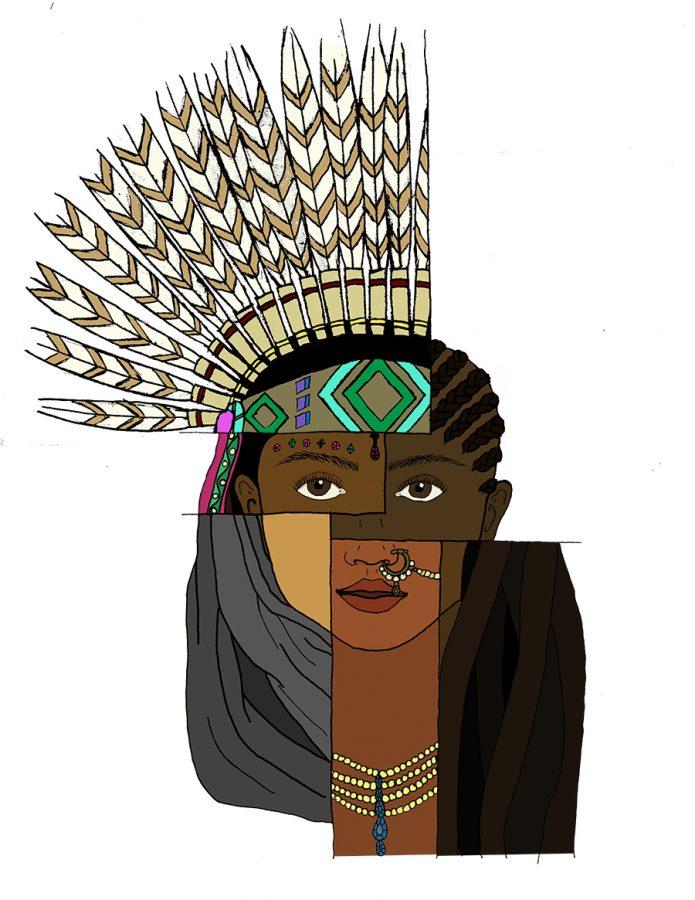Recent trends promote discussion on cultural symbols
Debate ensues over appreciation and appropriation
When sophomore Ava Townsend noticed her friend wearing a shirt bearing a dream catcher, she wondered if her friend knew the significance of the Native American symbol.
“I was like ‘Oh, do you know the story behind that?’ and she’s like ‘no it’s just a pretty design,’” Townsend said. “I’m like ‘OK, listen you need to know what’s up before you can wear that, just don’t do that.’”
Freshman Ben Berg said it’s important people recognize cultural differences.
“I think that (respectfully wearing a culture’s piece) is overall a good thing to just show appreciation for different cultures and how they’re different without it dividing us,” Berg said.
Morse alumni distinguished professor of cultural studies and comparative literature Robin Brown said cultural appropriation deals with the power of certain groups, signs and symbols.
“It’s a question of power when you take and use something that somebody else cares about and feels they own,” Brown said. “It isn’t simply that we’re getting our styles from somewhere, but that the styles mean something to a group of people, and we seem to be taking it without permission.”
Brown said recent controversy regarding Black Lives Matter and various activist groups are linked to cultural appropriation.
“When black people said Black Lives Matter, they wanted to take the word black and erase its negative connotation and make it theirs. So when somebody else takes the ‘lives matter’ formula and says ‘blue lives matter’ or ‘all lives matter,’ that’s a power move,” Brown said. “It’s a power move that’s going to make people unhappy because they had something invested in the phrase, ‘Black Lives Matter.’”
High Achievement Program coordinator Peter Redmond said he feels when people appropriate cultures they often don’t think about the meaning of the item or style they are appropriating.
“They see something. They like (it). They take it. They use it. That’s it,” Redmond said. “For many, many people it is not about learning. It is not about understanding or showing respect. It’s just that ‘these feathers look cool on my head, let me wear them,’ so I do not think it can be avoided.”
Berg said he finds it difficult to distinguish the difference between cultural appropriation and appreciation.
“There is not really a line between appreciation and appropriation, it’s really a gradient,” Berg said.
Townsend said the difference is in how much knowledge someone has about the culture.
“Appropriation is when you don’t know all the facts. Appreciation is when you’re expressing that you like another culture and you know what’s happening, you know the religions you know, more than basic stuff about it, not just ‘oh this is like a nice thing,’” Townsend said.
According to Brown, to avoid culturally appropriating, students must be willing to investigate the history and background of clothing and signs.
“You’ve got to be kind of street historians. You’ve got to say ‘where did this come from?’ and then you’ve got to ask the question, ‘how do you think the people would feel about this?’” Brown said.
Redmond said he thinks if credit is given where it’s due, cultural insensitivity can be avoided.
“I do not think (cultural appropriation) can be avoided but each individual must take it upon themselves, like Eric Clapton did. I remember him giving credit to the blues men and after that I listened to his music because he showed appreciation and respect,” Redmond said.

Hey guys, I’m Anna. We made it to senior year. Ya girl is a managing editor this year. Hmu if you need your hair braided or ears pierced… I got all...













